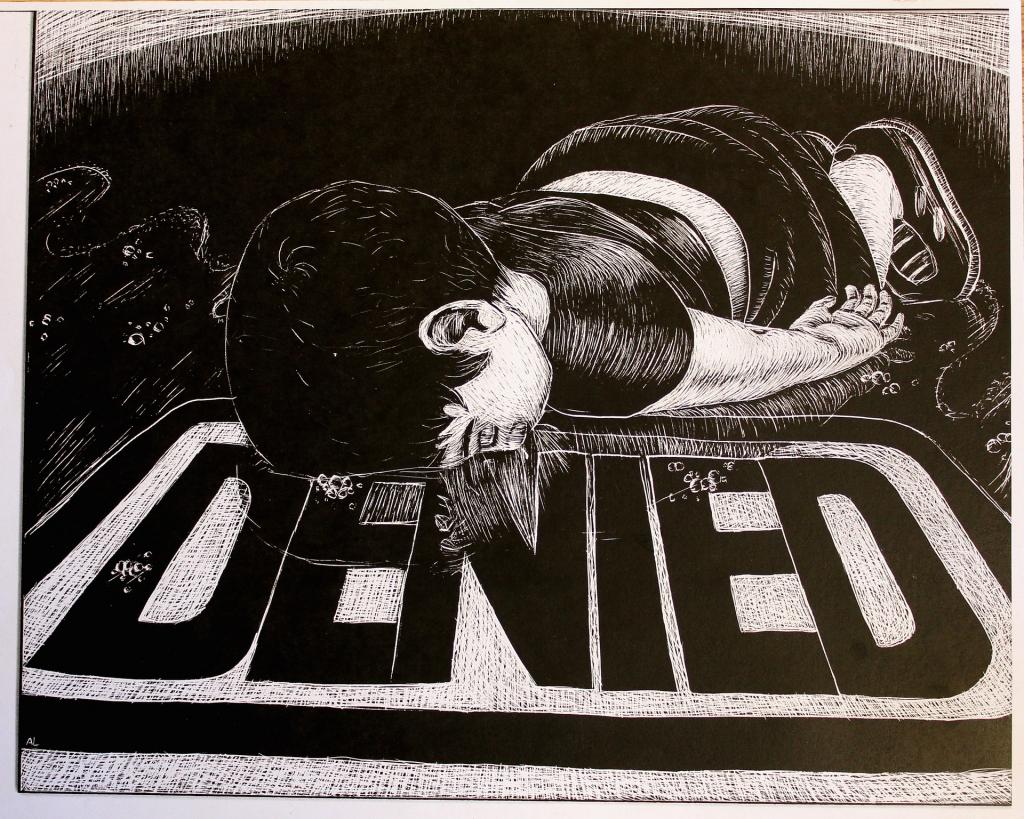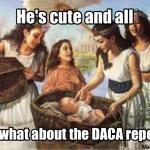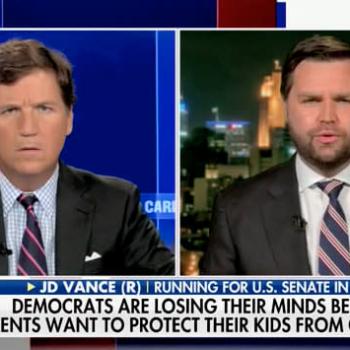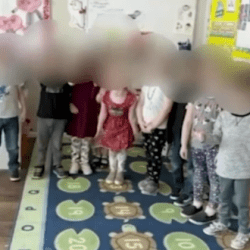
President Trump’s repeal of an Obama era immigration policy called the Deferred Action for Childhood Arrivals, better known by the acronym, DACA could have devastating consequences for already struggling urban public schools.
Under DACA, protections have been offered for undocumented immigrants who came to the United States as young children. DACA provided some amnesty for these people because they had no control over their situations—often they grew up not even knowing that they were here illegally. To date, over 800,000 immigrants have benefited from the DACA program.
I am not here to critique the moral implications president’s decision to end DACA. I did that in a previous piece you can read here. I am only here to ask an important question about the possible fall out as it relates to public education. My question is: How might the repeal of DACA affect already struggling urban public school districts?
There are over 11 million undocumented immigrants in the United States. Of that number, about 2.5 million are between the ages of 5 and 18. The vast majority of those 2.5 million kids are in our public schools. Because of basic socioeconomic factors, the overwhelming majority of those kids are in our large, urban public schools—those schools that tend to have lower test scores—those schools are struggling because they are battling against the educational equivalent of “white flight”–or, more accurately, in this case, affluence flight–as many of the families who are financially able are using public tax supported voucher money to send their kids to private schools or to more affluent suburban districts. This creates an even bigger problem in the urban schools they are leaving.
School districts receive funding from a rather complicated formula of factors. One of the most important variables in that formula is enrollment numbers. Schools with declining enrollments lose huge sums of funding. Every student counts—big time! Many of the school districts struggling most to keep their enrollment numbers up are in the large urban areas—the same areas that tend to attract most of the undocumented immigrant families. As these districts lose more and more students to voucher transfers, their problems become exacerbated because declining enrollment means a huge loss of revenue. Loss of revenue leads to less teachers, larger class sizes, and lower test scores–which leads to decreasing enrollment–and so on–and so on–and so on. It is this vicious cycle that public educators have been railing against for many years now. When teachers talk of the attack on public education, this is what they mean.
Now add to the equation the prospect of removing 2.5 million undocumented immigrant students from these kinds of districts across the nation and you are looking at a potential doozy of a financial crisis. It seems cold and harsh to reduce students to their equivalency in dollars and cents, but when push comes to shove—when school districts are hanging on by a thread—when every student counts—that’s what it boils down to in the end. It’s a numbers game, for better or for worse. It’s survival.
Here’s where it really starts to get tricky. When those struggling urban districts can no longer manage to tread their turbulent financial waters, what happens? Do they finally have to close their doors? What happens, then, to all those students? The only place left for them to go will be those affluent suburban schools. When all those students come knocking on those doors, you’ll really see the crap hit the fan. Vouchers won’t seem like such a great idea then.
These are the kinds of things that the uninitiated fail to take into consideration when they talk about the virtue of school choice vouchers and tightening immigration controls. Every action has an equal and opposite reaction. Those of us who work in large urban school districts know all too well the potential disaster that could be lurking in our education system if something isn’t done to stop it.












